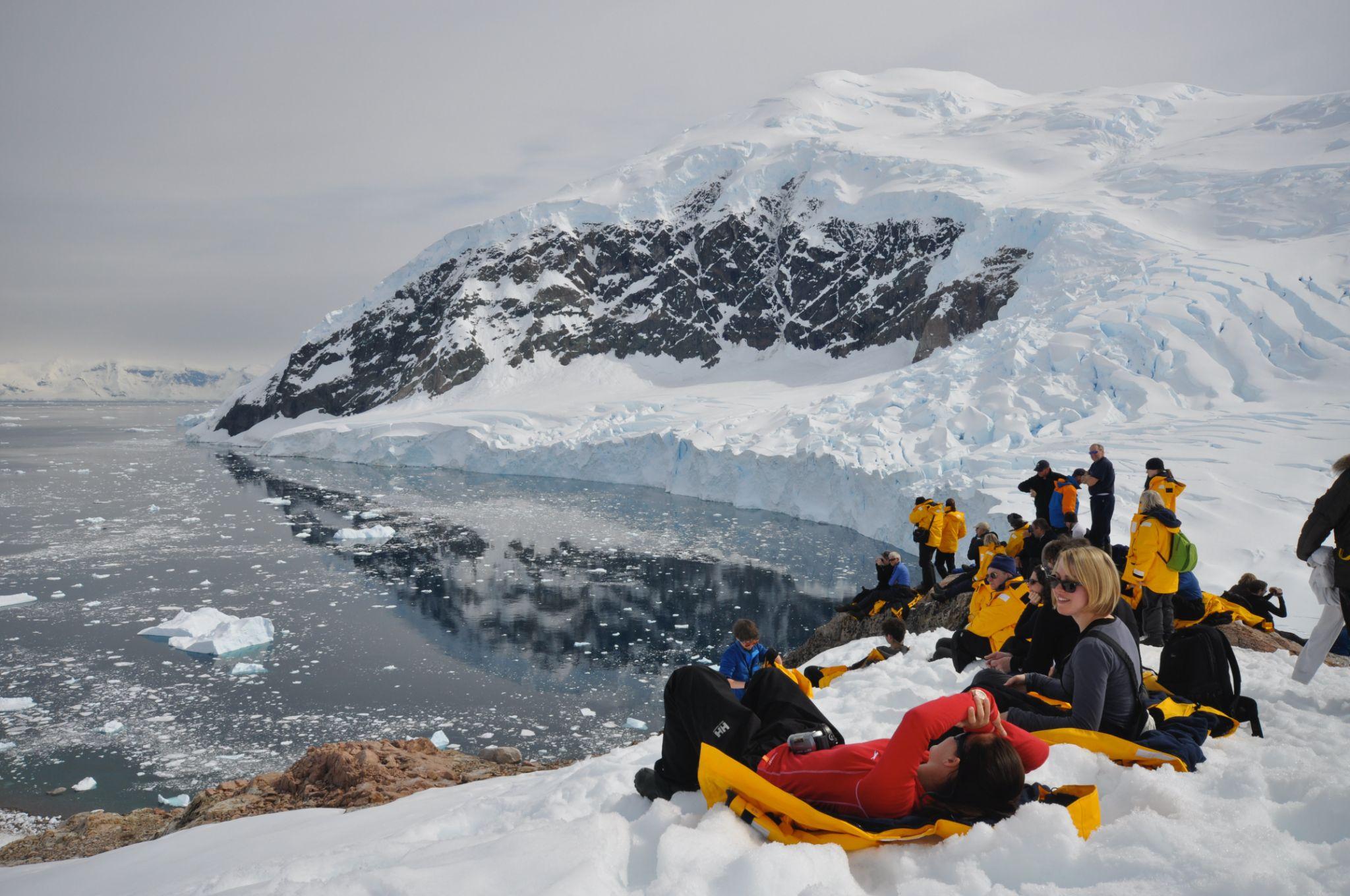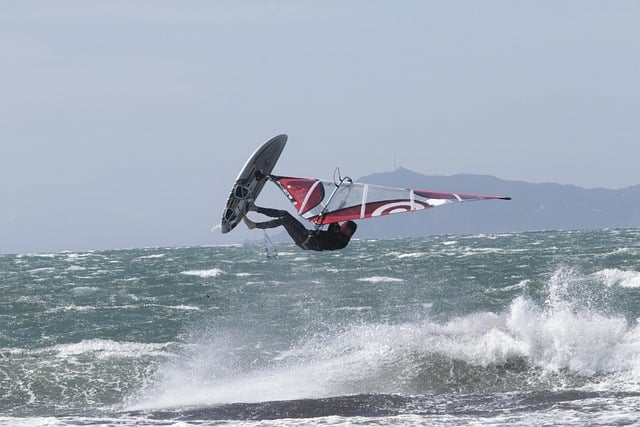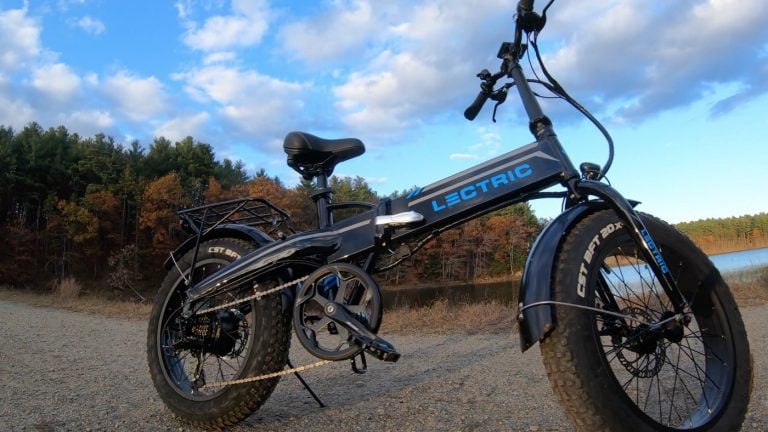Antarctic Adventures: Preparing for Your Epic Journey

Table of Contents
Embarking on the best cruise to Antarctica is a unique and thrilling experience, offering a once-in-a-lifetime opportunity to explore the world’s most remote and fascinating continent.
To ensure a smooth and unforgettable voyage, it’s vital to be well-prepared for the challenges and adventures. This comprehensive guide will delve into every aspect of planning your Antarctic journey, including essential gear, cruise selection, health and safety considerations, and photography tips.
Essential Gear for Your Antarctic Expedition
Clothing: Layering is Key
- Base layer: Opt for moisture-wicking materials like merino wool or synthetic fabrics to keep your skin dry and comfortable.
- Middle layer: Insulating materials, like fleece or down, provide warmth and can be easily adjusted as temperatures change.
- Outer layer: Waterproof and windproof gear, including a quality parka and trousers, will protect you from the harsh Antarctic elements.
Footwear
Choose sturdy, insulated, waterproof boots for extreme cold and icy conditions. Gaiters can also be useful for added protection.
Accessories
Insulated gloves, warm hats, neck gaiters or scarves, and high-quality sunglasses with UV protection are essential to combat the cold and glare.
Camera gear
Waterproof cases, extra batteries, and memory cards will help you capture your adventure while protecting your equipment from the elements.
Choosing the Right Antarctic Cruise
1. Timing
The best months to visit Antarctica are during the Austral summer, from November to March when temperatures are milder and wildlife is abundant.
2. Route options
Popular cruise routes include the Antarctic Peninsula, the Ross Sea, and the Weddell Sea, each offering unique landscapes and wildlife encounters.
3. Vessel types
Consider the size and purpose of the vessel, ranging from research ships and icebreakers to luxury expedition ships, to suit your preferences and budget.
4. Activities
Onboard and shore-based activities can include Zodiac excursions, wildlife watching, guided hikes, kayaking, and expert educational lectures.
Health and Safety Considerations
Seasickness prevention and treatment
Consult your doctor about seasickness medications and consider natural remedies like ginger, acupressure bands, and deep breathing techniques.
Dealing with the cold
Educate yourself about the symptoms and prevention of frostbite and hypothermia to ensure a safe and enjoyable trip.
Travel insurance
Choose a comprehensive policy that covers medical emergencies, evacuation, trip cancellation, and lost or damaged luggage.
Environmental responsibility
Adhere to the guidelines set by the International Association of Antarctica Tour Operators (IAATO) to minimise your impact on the fragile ecosystem.
Documenting Your Adventure
Photography Tips
- Capturing wildlife: Use a telephoto lens to photograph penguins, seals, and whales from a safe distance, and practice patience for the perfect shot.
- Landscape photography: Wide-angle lenses can capture the vastness of icebergs, glaciers, and polar landscapes, while a tripod will help stabilise your camera in windy conditions.
- Low-light photography: Learn how to adjust your camera settings, such as ISO and shutter speed, to capture the unique lighting conditions in Antarctica.
- Storing and backing up your images: Bring multiple memory cards and a portable hard drive or cloud storage solution to safeguard your precious memories.
FAQ:
Q: Do I need a visa to visit Antarctica?
A: While Antarctica doesn’t require a visa, you may need one for the countries where your cruise embarks and disembarks, such as Argentina or New Zealand. Always check visa requirements well in advance of your trip.
Q: How do I stay connected during my trip?
A: Internet access on Antarctic cruises can be limited and costly. If staying connected is essential, consider bringing a satellite phone.
Q: How can I be environmentally responsible during my trip?
A: Follow the guidelines set by the International Association of Antarctica Tour Operators (IAATO), which include not disturbing wildlife, disposing of waste properly, and refraining from taking any souvenirs from the environment.
Conclusion
An Antarctic journey is an extraordinary and unforgettable experience, but thorough preparation is crucial for a safe and enjoyable trip. By following this comprehensive guide and considering the recommendations, you’ll be well-equipped to make the most of your Antarctic adventure.






